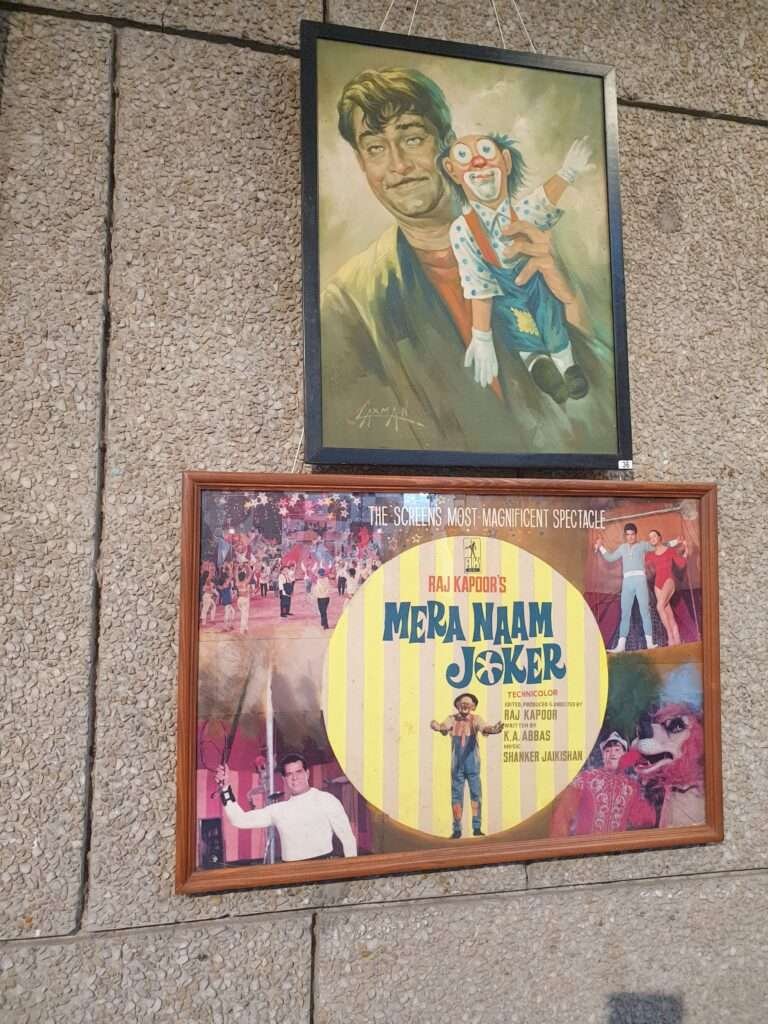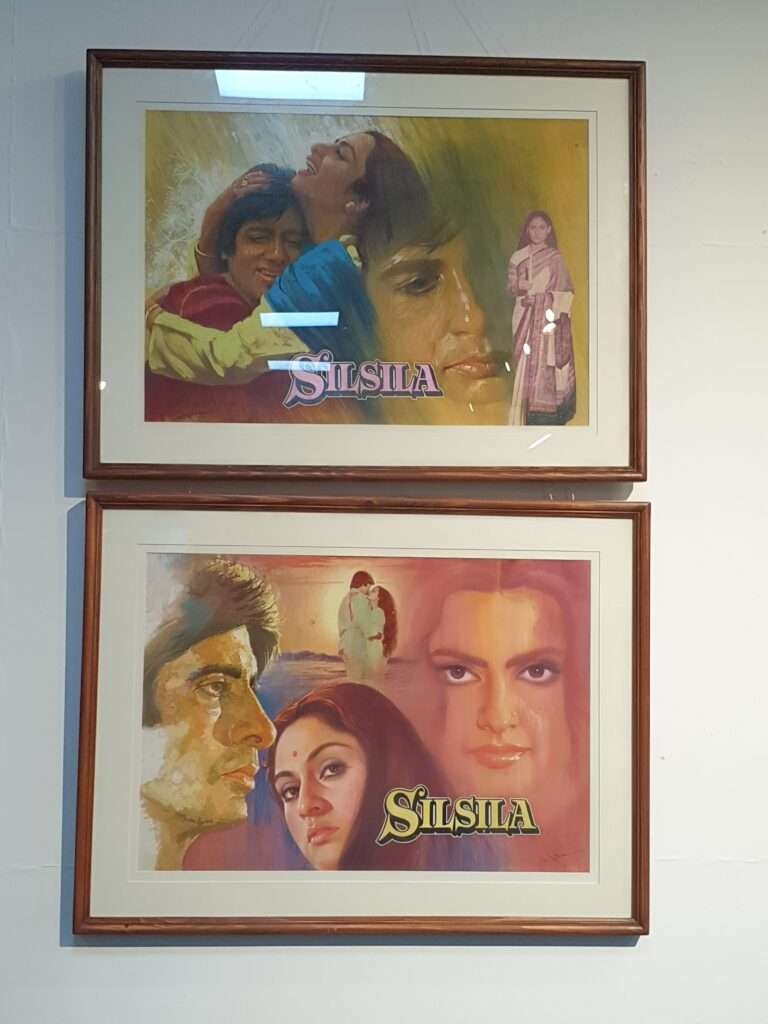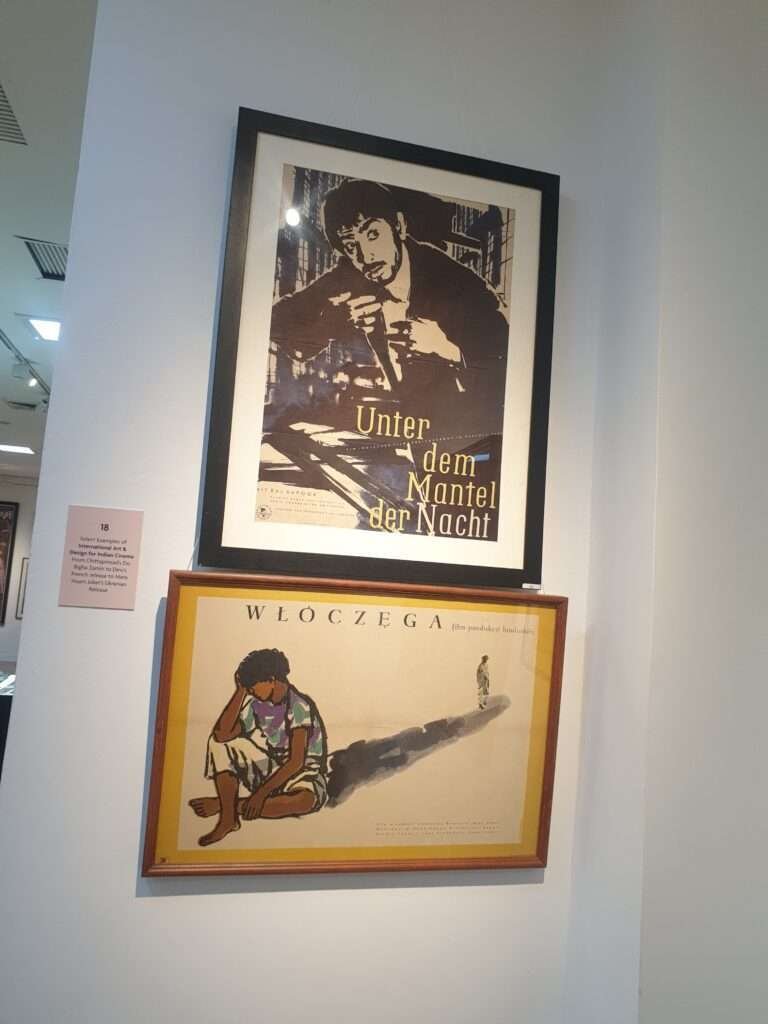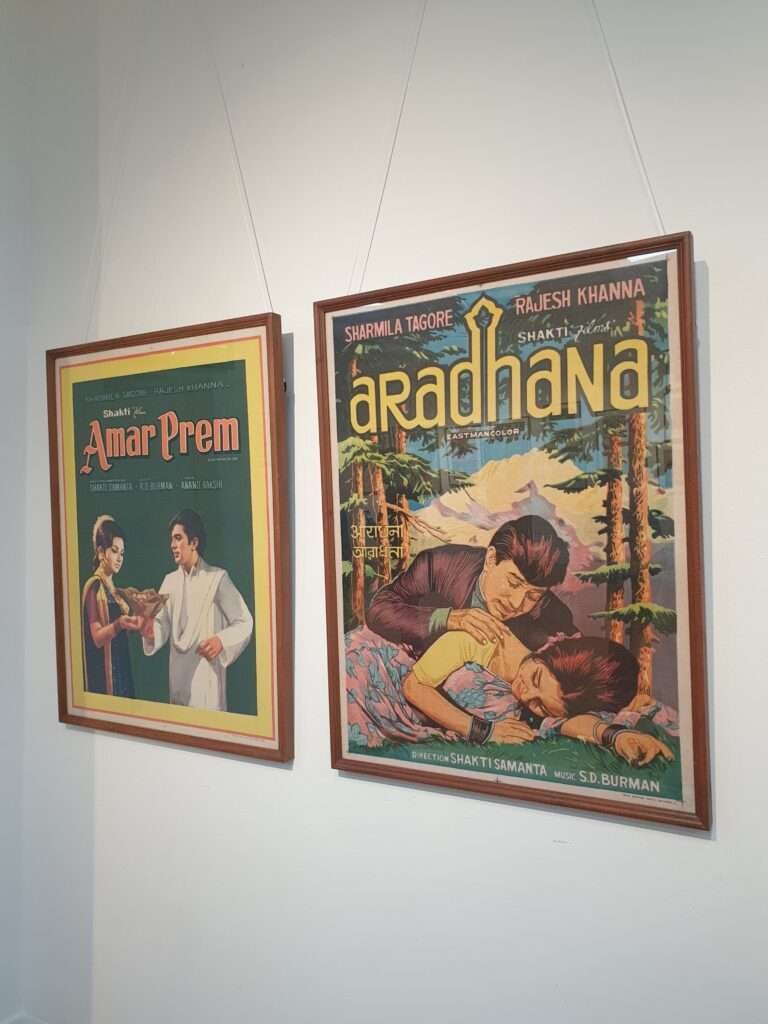A stunning exhibition, “The World’s Greatest Mela – Respecting India’s Cinematic Heritage,” curated by the renowned Neville Tuli is being hosted at India Habitat Centre Lodhi Road New Delhi. This event is an extraordinary tribute to the rich history of Indian cinema, offering a captivating journey through the evolution of film in the country. Visitors are invited to explore the profound cultural impact and artistic milestones that have shaped Indian cinema over the decades.
Upon entering the exhibition, attendees are immersed in a visually stunning array of displays that chart the history of Indian film. With over 400,000 carefully curated items from Tuli’s expansive collection, the exhibition features rare film posters, vintage booklets, and original promotional materials, each piece illustrating the artistic and cultural journey of Indian cinema.
Among the highlights are the vintage, hand-painted film posters that vividly capture the changing artistic styles from Bollywood’s golden era to diverse regional traditions. These posters, with their bold colors and striking designs, reflect the shifting aesthetic sensibilities of Indian cinema.
The exhibition also showcases vintage booklets, offering a glimpse into the social and cultural contexts of classic films. These booklets, more than just promotional material, provide an invaluable perspective on the era’s cinematic landscape.
Visitors will also encounter original publicity materials and memorabilia from iconic films such as “Mughal-E-Azam,” “Pakeezah,” and “Sholay.” These artifacts reveal the creativity behind traditional film marketing before the digital age.
A special feature of the exhibition is its exploration of influential cinematic partnerships, such as those between Raj Kapoor and Nargis and Amitabh Bachchan and Manmohan Desai. These collaborations are celebrated for their cultural significance and lasting impact on Indian film.
Dance, a vital element of Indian cinema, is also highlighted, showcasing its evolution from classical performances to the emotive dances of films like “Devdas.” This section explores how dance has been integral to storytelling and emotional expression in cinema.
Looking to the future, “The World’s Greatest Mela” aligns with Neville Tuli’s vision of integrating cinema into educational curricula, emphasizing its role in studying India’s history and culture. The exhibition, which runs until August 25, offers free entry and special curatorial tours for student groups, making it a valuable educational resource.












This exhibition is more than a showcase; it is an immersive journey into India’s cinematic legacy, celebrating the art, culture, and individuals that have defined the industry. Don’t miss this opportunity to connect with the rich heritage of Indian cinema.



